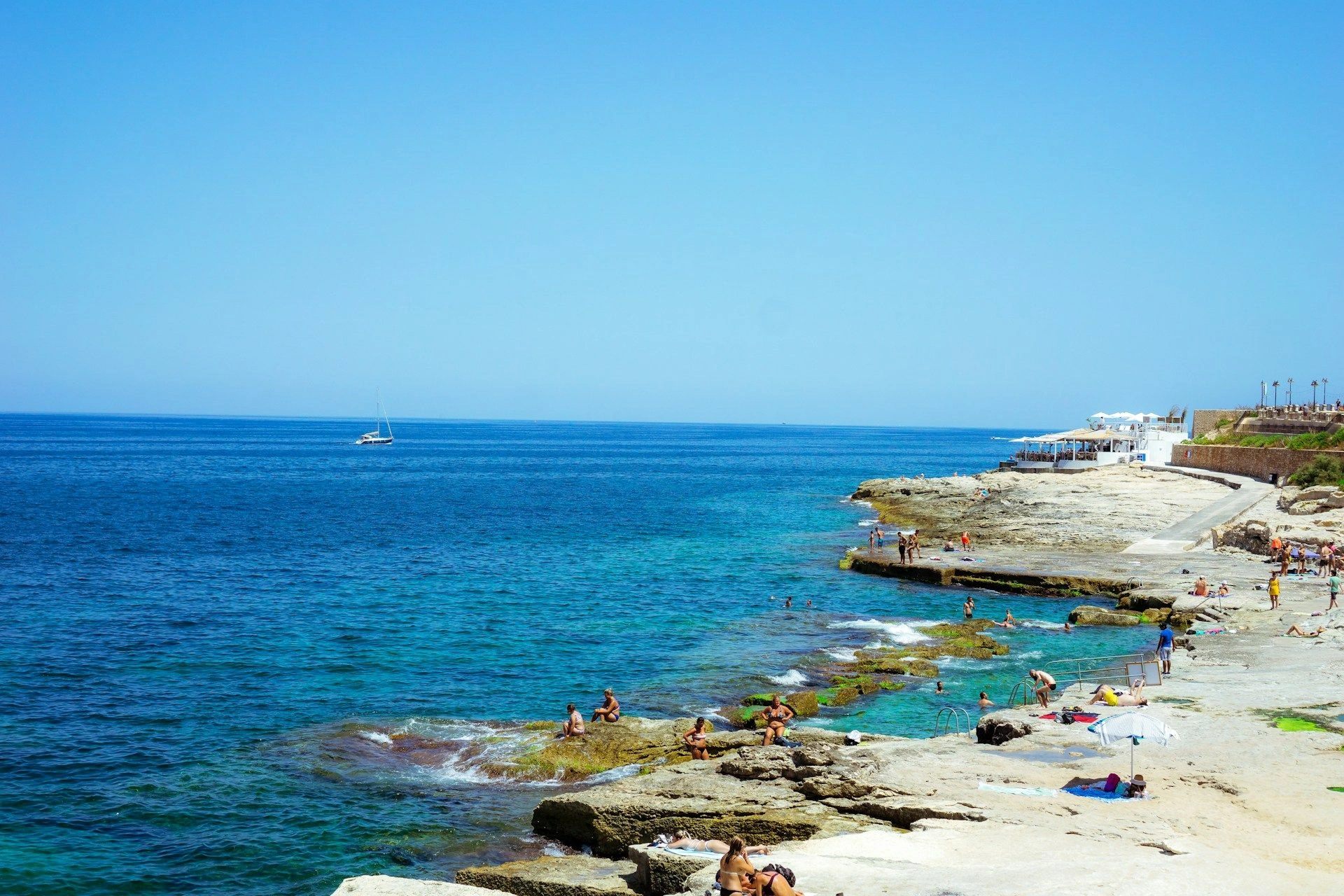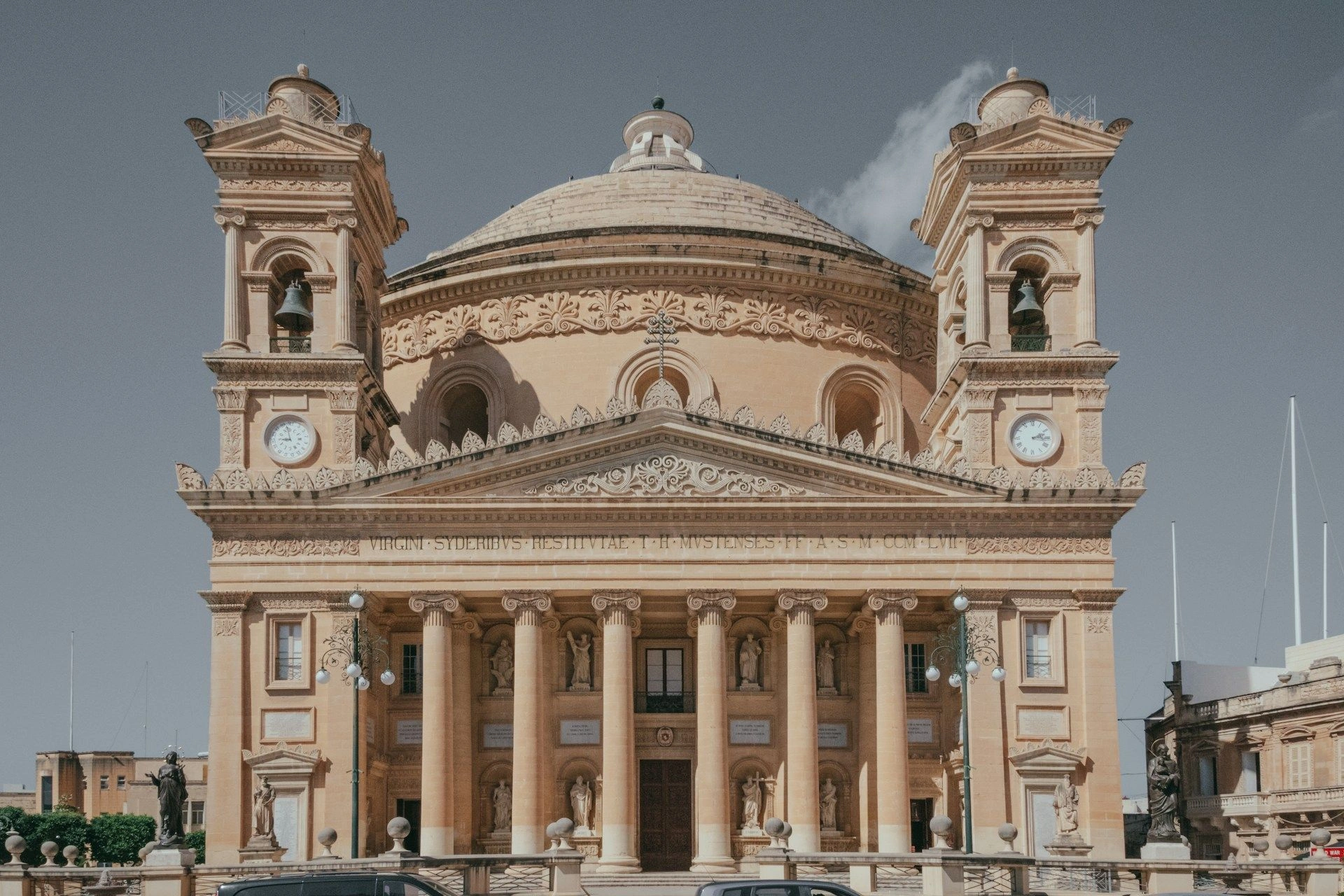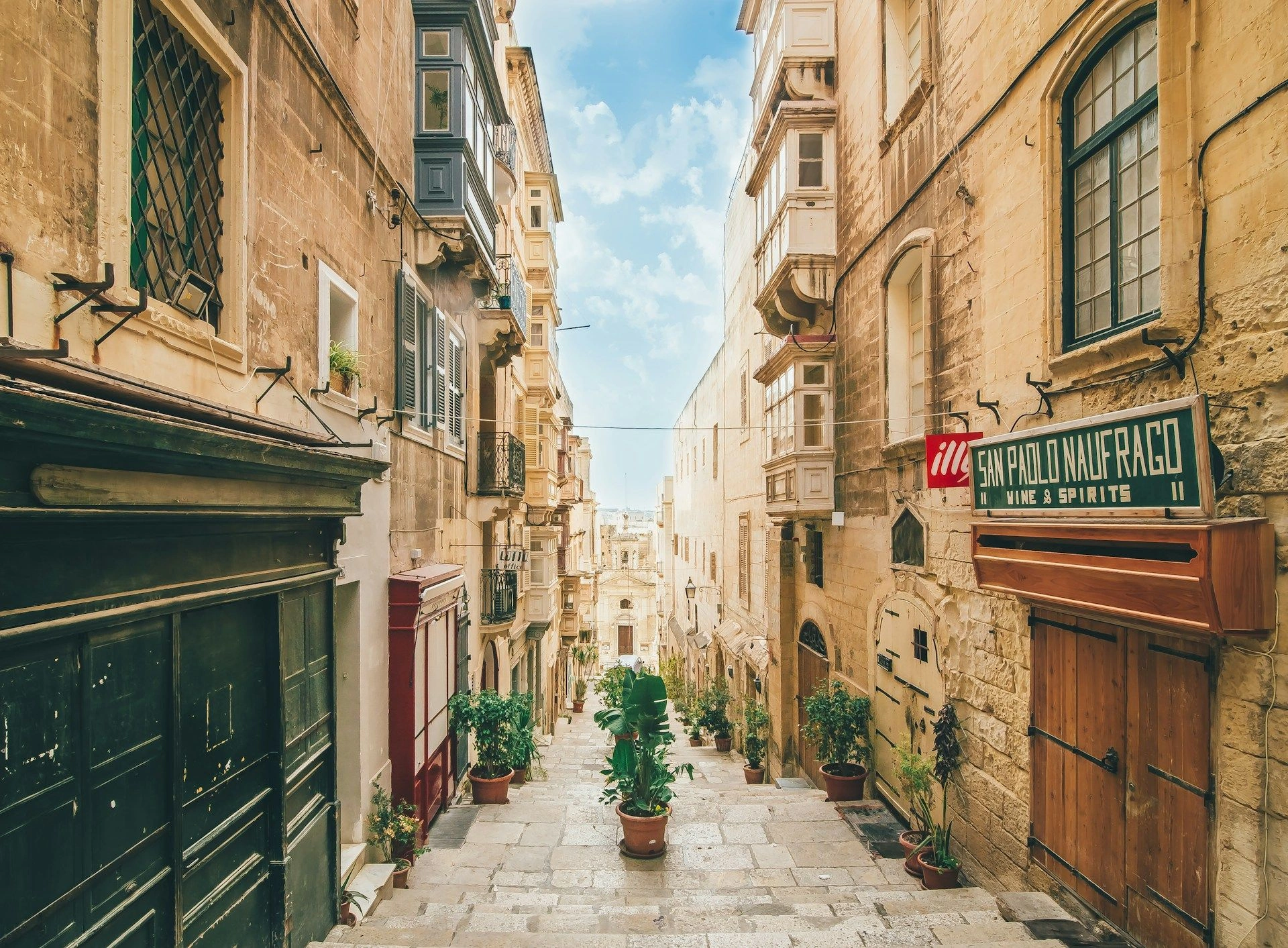Second-Hand Realty Listings in MaltaReal estate shaped byhistory and stonework
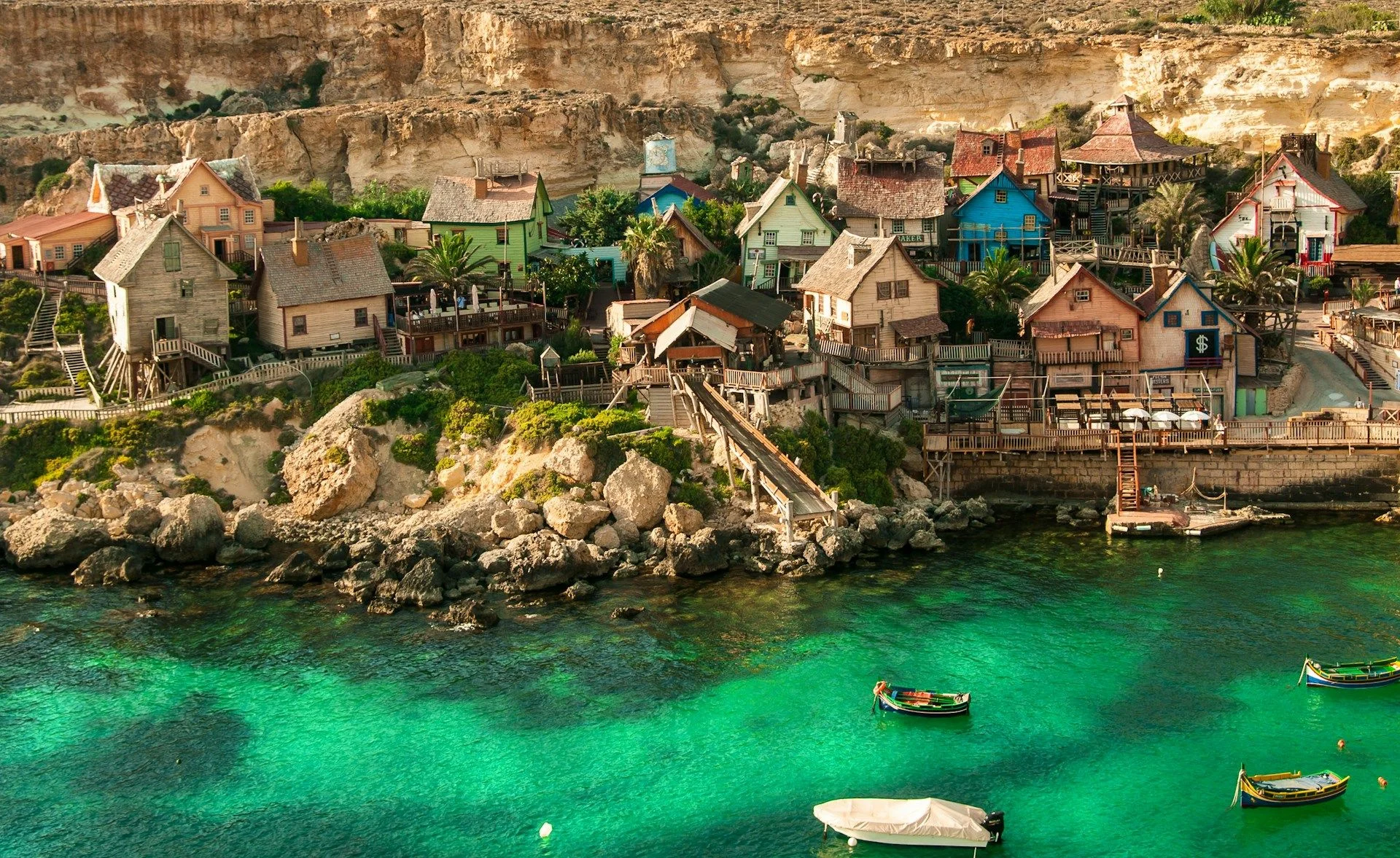
Popular
cities and regions in Malta
Best offers
in Malta
Benefits of investment in
Malta real estate
Mediterranean lifestyle with EU advantages
Malta combines sunny coastal living with the legal stability of an EU country — offering both comfort and confidence for international buyers.
Property-linked residency opportunities
Real estate investment can qualify buyers for long-term residence or participation in government-backed citizenship pathways.
Consistent rental demand
Valletta, Sliema, and St. Julian’s attract steady rental interest thanks to walkable urban layouts, international schools, and a strong expat presence.
Mediterranean lifestyle with EU advantages
Malta combines sunny coastal living with the legal stability of an EU country — offering both comfort and confidence for international buyers.
Property-linked residency opportunities
Real estate investment can qualify buyers for long-term residence or participation in government-backed citizenship pathways.
Consistent rental demand
Valletta, Sliema, and St. Julian’s attract steady rental interest thanks to walkable urban layouts, international schools, and a strong expat presence.
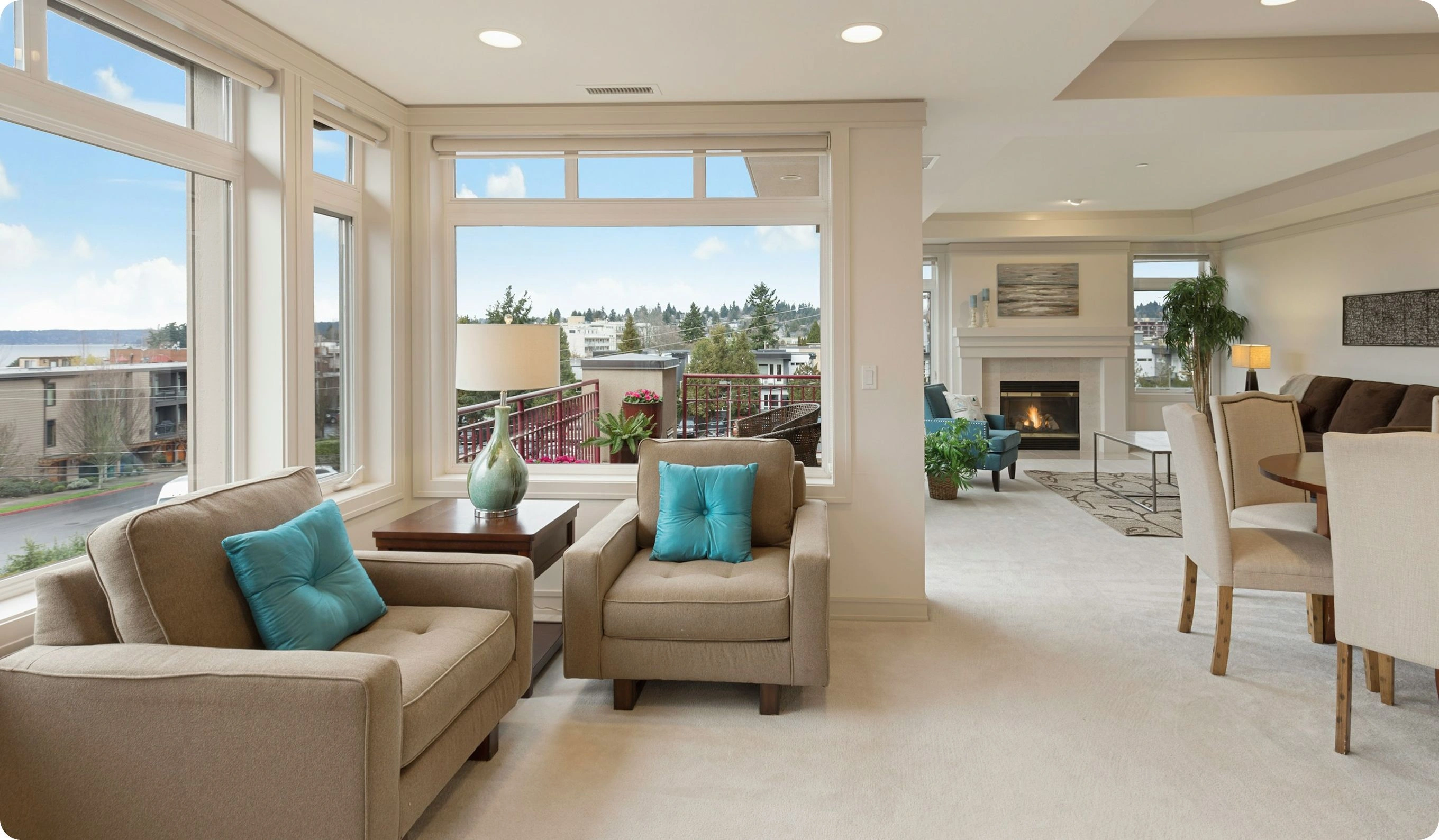
Useful articles
and recommendations from experts
Main title about secondary real estate in Malta
Why secondary properties attract buyers
Secondary real estate in Malta appeals to investors and home-buyers seeking immediate occupancy, mature infrastructure, and measurable Mediterranean returns. Unlike off-plan schemes, which can be delayed by permit processes, fluctuating material costs and contractor uncertainties, resale apartments, townhouses and villas in core precincts—such as Sliema Ferries, St. Julian’s, Pembroke, and the historic Three Cities—come fully operational with proven utilities. Potable water is supplied by the Water Services Corporation; electricity flows uninterrupted from Enemalta’s upgraded grid with PV‐backed micro-nets; mature sewerage and storm-water systems operate year-round; and sealed roads link to an efficient bus and ferry network. Many properties retain traditional Maltese features—limestone façades, timber balcony balustrades and courtyard wells—while interiors have been comprehensively modernized with energy-efficient double glazing, bespoke open-plan kitchens furnished with Miele or Bosch appliances, reinforced concrete slabs engineered for seismic and coastal resilience, smart-home wiring for lighting and HVAC controls, and turnkey finishes. This authentic turnkey readiness slashes holding costs, accelerates rental cash flows, and empowers owners—whether expatriate families, digital-nomad workers, or yield-focused investors—to generate returns from day one. Detailed historical sales and letting data maintained by the Malta Land Registry and local property portals provide transparent valuation benchmarks, enabling rigorous risk assessments and strategic acquisition planning underpinned by VelesClub Int.’s end-to-end advisory services.
Established neighbourhoods
Malta’s secondary market is anchored by several mature districts, each offering unique lifestyle and investment advantages. Sliema Ferries features low-rise historic flats and modern townhouses set along the promenade, prized for sea views, private moorings, communal gardens and direct ferry connections to Valletta; turnkey units here often include upgraded MEP systems, secure parking, and landscaped rooftop terraces. St. Julian’s, including Paceville, combines refurbished 1970s apartment blocks and boutique penthouses overlooking Balluta Bay, offering inclusive Wi-Fi bundles, concierge services and immediate access to dining, nightlife and the University of Malta campus shuttle. Pembroke and Madliena house gated villa estates and family homes on large plots, upgraded with solar-assisted water heaters, reinforced garages and mature Mediterranean gardens, all within walking distance of international schools and sports clubs. The fortified capital of Valletta hosts converted merchant-house apartments and luxury flats in Baroque palazzi—many retrofitted with elevators and sound-insulated suites, benefiting from UNESCO status and year-round tourism. Emerging pockets in Swieqi, Msida and Ta’ Xbiex, driven by rezoning and redevelopment grants, offer mid-century blocks converted into multi-unit rentals, leveraging proximity to university and hospital precincts. Across these precincts, civic services—sealed arterial roads, consistent waste collection, reliable water and power networks, and high-speed fibre broadband—function seamlessly, ensuring minimal post-purchase capital deployment and rapid integration into Malta’s well-established urban fabric.
Who buys secondary real estate
Buyers in Malta’s resale segment reflect the island’s cosmopolitan economy and stable tourism base. Expatriate professionals in finance, technology and maritime sectors secure turnkey apartments in Sliema and St. Julian’s, valuing proximity to corporate offices, embassy residences and international schools like QSI Malta. University of Malta students, faculty and visiting scholars lease furnished flats and studio apartments in Msida and Swieqi, drawn by utility-inclusive rents, campus shuttle schedules, and short bike rides to lectures. Local middle-class families invest in three- to four-bedroom townhouses and villas in Pembroke, Madliena and Mosta for reputable school catchments—St. Clare’s and St. Edward’s—and spacious garden plots. Digital-nomad entrepreneurs and freelance consultants occupy serviced apartments in Valletta and Ta’ Xbiex, leveraging coworking hubs and high-speed connectivity. Short-stay holiday-let operators acquire canal-view units in the Three Cities—Vittoriosa, Senglea and Cospicua—to capture peak-season rates, supported by turnkey management. Diaspora investors from the UK, Germany and Scandinavia target small multi-unit blocks in emerging Sawqi and Ta’ Xbiex fringes for yield-focused portfolios, leveraging documented occupancy rates and exit-strategy modelling by VelesClub Int. Across all buyer profiles, unifying factors include immediate occupancy readiness, transparent title histories and integration into mature civic and tourism infrastructure that underpin predictable returns.
Market types and price ranges
Malta’s secondary real estate landscape offers a broad continuum of property typologies and price tiers to meet diverse investment and lifestyle needs. Entry-level one-bedroom flats and compact studios in Msida, Swieqi and St. Paul’s Bay start from approximately EUR 150,000 to EUR 250,000, featuring turnkey finishes, communal gardens and proximity to bus and ferry services. Mid-range two- to three-bedroom apartments and townhouses in Sliema Ferries, St. Julian’s and Pembroke trade between EUR 300,000 and EUR 600,000, offering granite kitchens, modern bathrooms, private balconies and secure parking bays. Premium dual-aspect penthouses and waterfront villas in Valletta, Ta’ Xbiex and the Three Cities command EUR 650,000 to over EUR 1.2 million—driven by plot orientation, bespoke interior designs, panoramic harbour views and direct water-taxi access. For portfolio investors, small multi-unit complexes (4–8 units) in emerging Swieqi fringes and Ta’ Xbiex list between EUR 500,000 and EUR 900,000, delivering diversified rental streams and economies of scale. Mortgage financing through HSBC Malta, Bank of Valletta and APS Bank offers competitive rates (1.5%–2.5% per annum) with typical down payments of 15%–30%. Documented net rental yields average 5%–7% per annum across core corridors—benchmarks integrated by VelesClub Int. into bespoke yield-modelling tools for strategic acquisition planning.
Legal process and protections
Purchasing secondary real estate in Malta follows a structured conveyancing framework under the Civil Code and the Code of Organization and Civil Procedure. Transactions begin with a signed promise of sale and payment of a 10% deposit held in escrow by a notary. Buyers conduct due diligence: obtaining a note simple from the Public Registry to verify title, encumbrances and appellations; commissioning property inspections for structural integrity, MEP compliance and asbestos risk; and securing building regulations clearance. Upon satisfactory review, parties execute the final deed of sale before the notary public; stamp duty at 5% of the transaction value, registration tax and notarial fees are paid. The deed is then registered with the Public Registry, granting formal title and public notice. EU and EEA citizens face no restrictions; non-EU buyers require Cabinet approval for residential acquisitions. Statutory warranties for latent defects (hidden faults) extend up to ten years, with dispute resolution via the Civil Court. VelesClub Int. orchestrates end-to-end legal coordination—due diligence management, document drafting, notarial liaison and registry filings—to ensure compliance, mitigate risks, and deliver a seamless closing for both domestic and international clients.
Best areas for secondary market
Certain micro-markets in Malta stand out for their combination of infrastructure maturity, amenity clusters and rental performance. Sliema Ferries leads with harbour-front flats and townhouse clusters commanding yields of 5%–6% due to tourism and expatriate demand. St. Julian’s, including Paceville, sustains occupancy above 80% with mid-range apartments favored by students and young professionals, yielding 6%–7%. Valletta and the Three Cities offer heritage-property premiums with multi-unit income opportunities, delivering yields of 5%–6%. Emerging corridors in Swieqi and Ta’ Xbiex benefit from rezoning and infrastructure upgrades, presenting value-add possibilities in blocks ripe for refurbishment, yielding 6%–8%. Peripheral seaside towns—Mellieħa, Marsascala and Marsaxlokk—offer secondary villas and sea-view apartments with yields of 7% during peak seasons. Each submarket features sealed roads, reliable water and power mains, integrated bus and ferry links, and proximity to schools, clinics and retail hubs—ensuring transparent pricing, stable occupancy and robust resale prospects. VelesClub Int.’s proprietary neighbourhood-scoring methodology and on-the-ground research guide clients to the micro-markets that optimally align yield targets, capital-growth forecasts and lifestyle preferences within Malta’s dynamic secondary real estate ecosystem.
Why choose secondary over new + VelesClub Int. support
Opting for secondary real estate in Malta delivers immediate possession, proven civic infrastructure and transparent historical performance—advantages often unmatched by new-build projects facing delayed handovers, cost inflation and construction risks. Buyers avoid speculative pre-launch pricing and extended build-out timelines by selecting turnkey assets with operational water and power networks, reinforced structures and clear title chains. Secondary properties frequently showcase authentic Maltese character—limestone façades, timber balustrades and courtyard wells—that new developments cannot replicate, enhancing cultural authenticity and long-term desirability. Lower entry premiums relative to off-plan offerings free up capital for interior personalization, energy-efficiency upgrades (solar PV, rainwater harvesting) or strategic portfolio diversification across multiple micro-markets. Mature neighbourhood services—reliable Water Services Corporation supply, uninterrupted Enemalta power, sealed roads, integrated bus and ferry connections, high-speed fibre broadband and international-standard schools and hospitals—ensure seamless move-in and minimal post-purchase maintenance. VelesClub Int. enriches this acquisition journey with comprehensive end-to-end expertise: sourcing exclusive off-market listings, conducting exhaustive due diligence, negotiating optimal terms and managing all legal formalities. Our post-closing property management solutions—tenant placement, preventive maintenance coordination and transparent performance reporting—optimize occupancy rates and preserve capital value. Through proactive portfolio monitoring, annual market reviews and strategic advisory, VelesClub Int. empowers clients to maximize Malta’s secondary real estate potential with confidence, clarity and operational efficiency.

